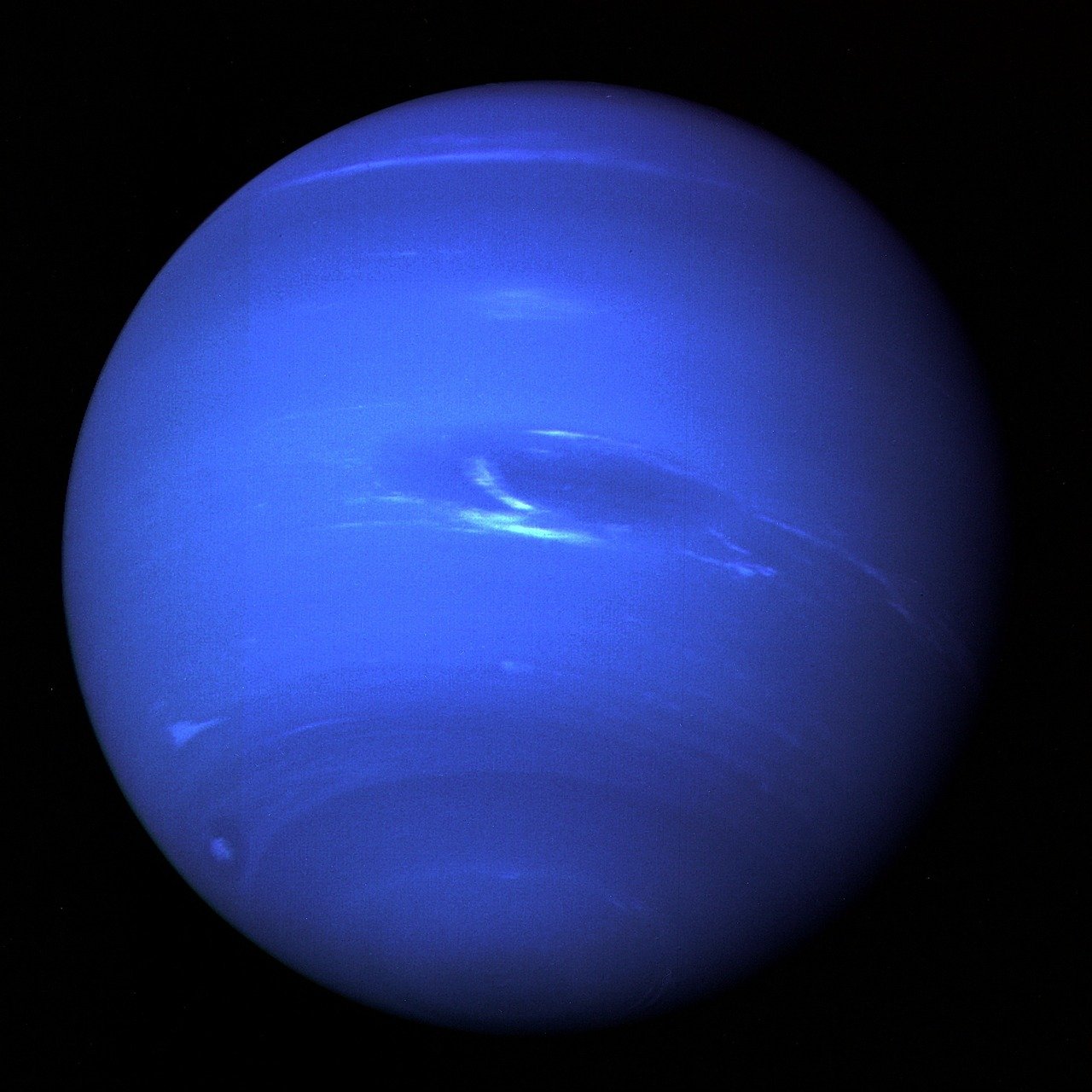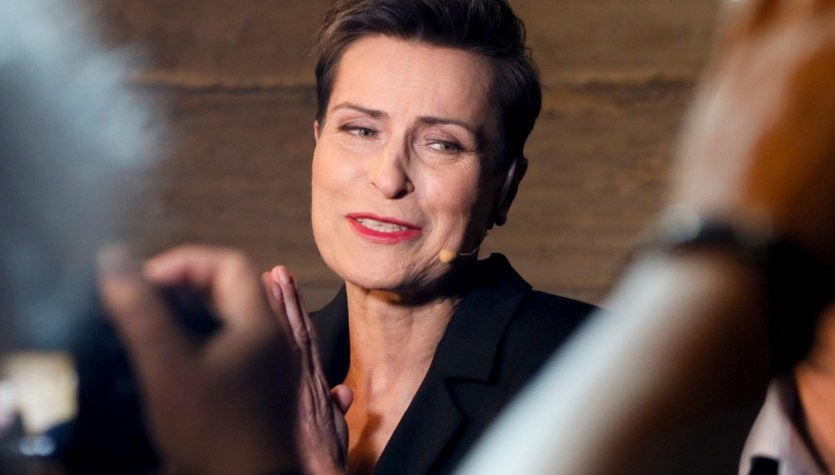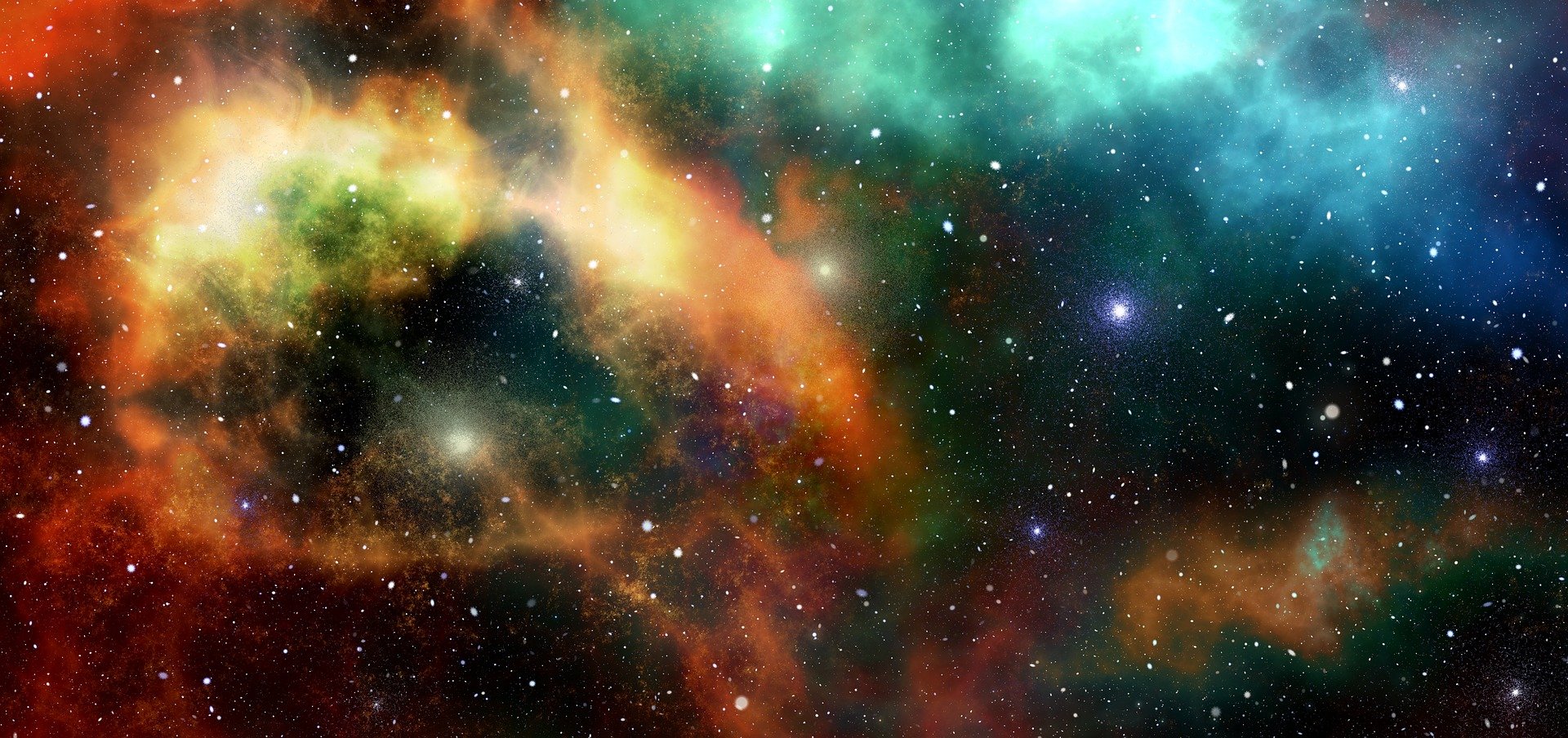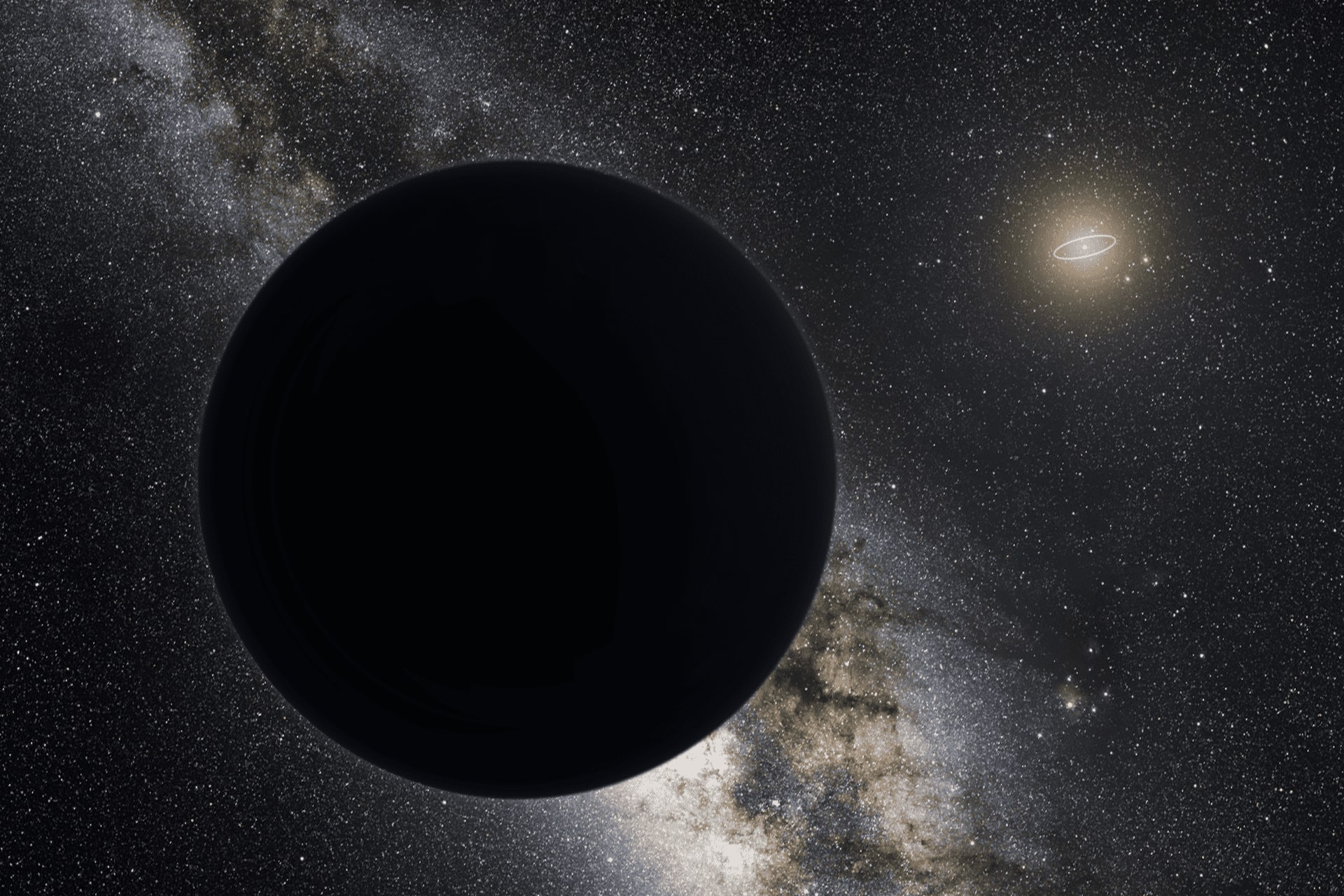China’s National Space Agency plans to visit Neptune via a nuclear-powered ship. In addition to the planet itself, the mission will also include its rings and the largest moon called Triton.
Neptune is of interest to scientists not only because of the unusual conditions in it (including diamond rain), but also because of its important role in the formation of the solar system. Also of interest is Triton, which is likely a dwarf planet that emerged from the outer solar system and was captured by Neptune’s gravity. If the assumptions are confirmed, then in the future the moon will disintegrate, and its matter will orbit or collide with Neptune.
The eighth or farthest planet from the Sun (at least of the planets known to science) is not frequently visited by Earth probes. Our only messenger in these regions was Voyager 2, which bypassed Neptune in 1989. Despite the limited possibilities in terms of scientific instruments used and a short visit, this bridge provided basic data on Neptune, which is still in use today.
No wonder NASA decided to return to this area, and the Chinese did not want to be left behind. According to mission planning engineers, the power output from the space reactor’s power supply for a mission targeting Neptune is 10 kilowatts of electricity. The generator used should provide continuous and controlled production of heat from nuclear fission, reliable heat transfer in the reactor, efficient thermoelectric conversion and waste heat removal. The isotope uranium-235 appears to be a suitable candidate for a fuel source.
The last visitor to Earth near Neptune was the Voyager 2 . probe
Instruments that will be on board the probe include the Neptune atmospheric probe and the Triton penetration probe. Small ships, such as the CubeSat or nanosatellites, that will search the main belt asteroids and so-called centaurs. Scientists are also taking into account such details as the proposed launch date, which should be around 2030, which makes it possible to take advantage of Jupiter’s gravitational aid and reach the target by 2036.
Read also: The Tianwen-1 probe made the impossible! China has shown what it can do in the race to Mars
One important question that this mission can answer is Neptune’s high density, especially compared to Uranus. In addition, it should be possible to provide new information on the composition of the stellar clouds from which these planets and the entire solar system were formed. In the context of Triton, which rotates in the opposite direction to Neptune’s rotation, it is possible to confirm whether it was in fact a dwarf planet that formed in the Kuiper Belt to be ejected from it and captured by Neptune’s gravity.

Echo Richards embodies a personality that is a delightful contradiction: a humble musicaholic who never brags about her expansive knowledge of both classic and contemporary tunes. Infuriatingly modest, one would never know from a mere conversation how deeply entrenched she is in the world of music. This passion seamlessly translates into her problem-solving skills, with Echo often drawing inspiration from melodies and rhythms. A voracious reader, she dives deep into literature, using stories to influence her own hardcore writing. Her spirited advocacy for alcohol isn’t about mere indulgence, but about celebrating life’s poignant moments.








